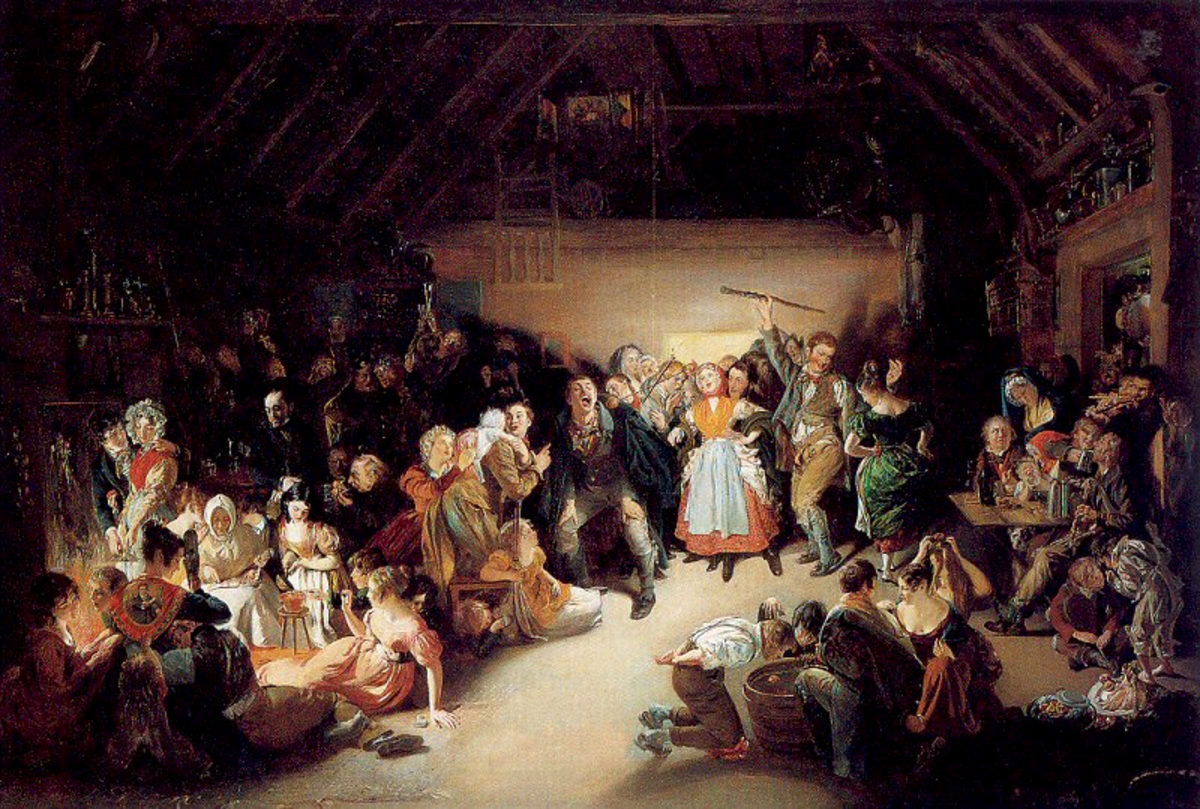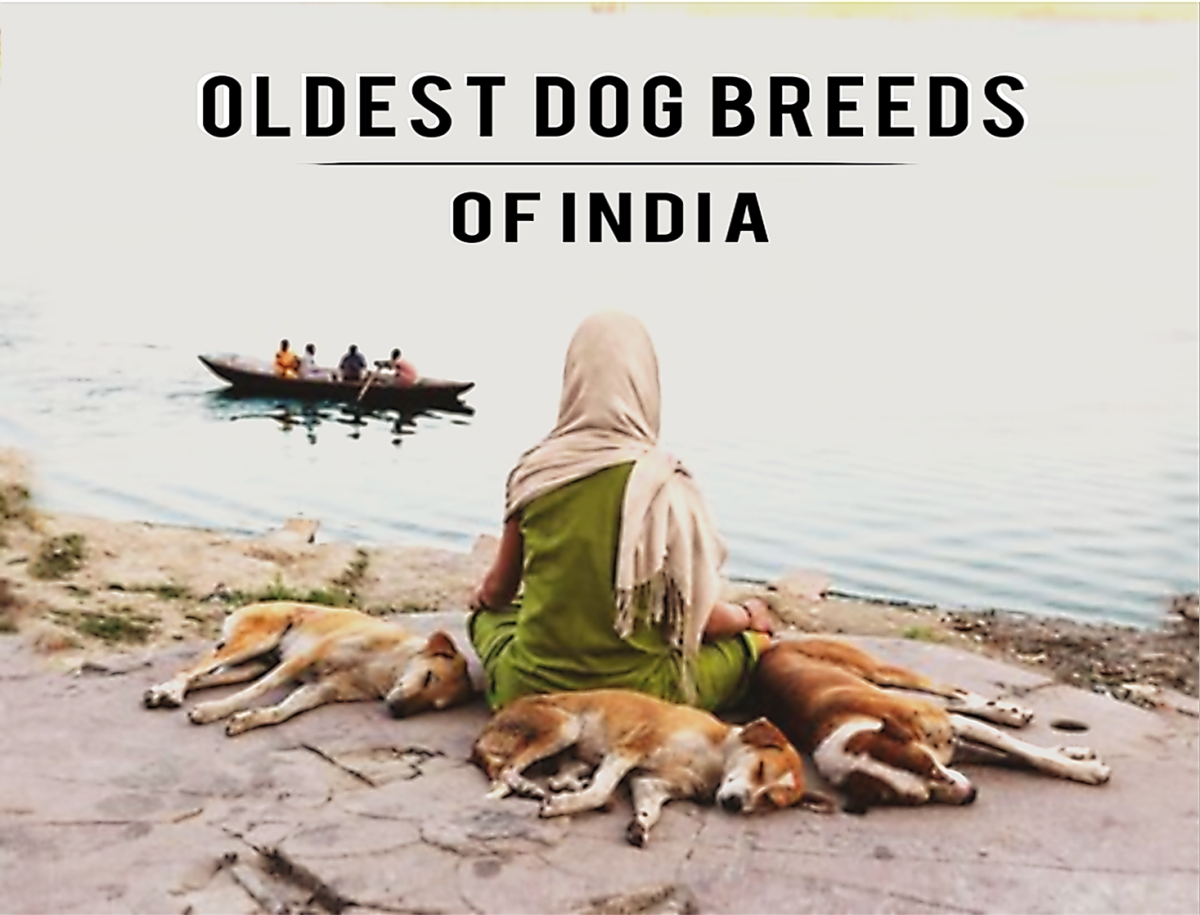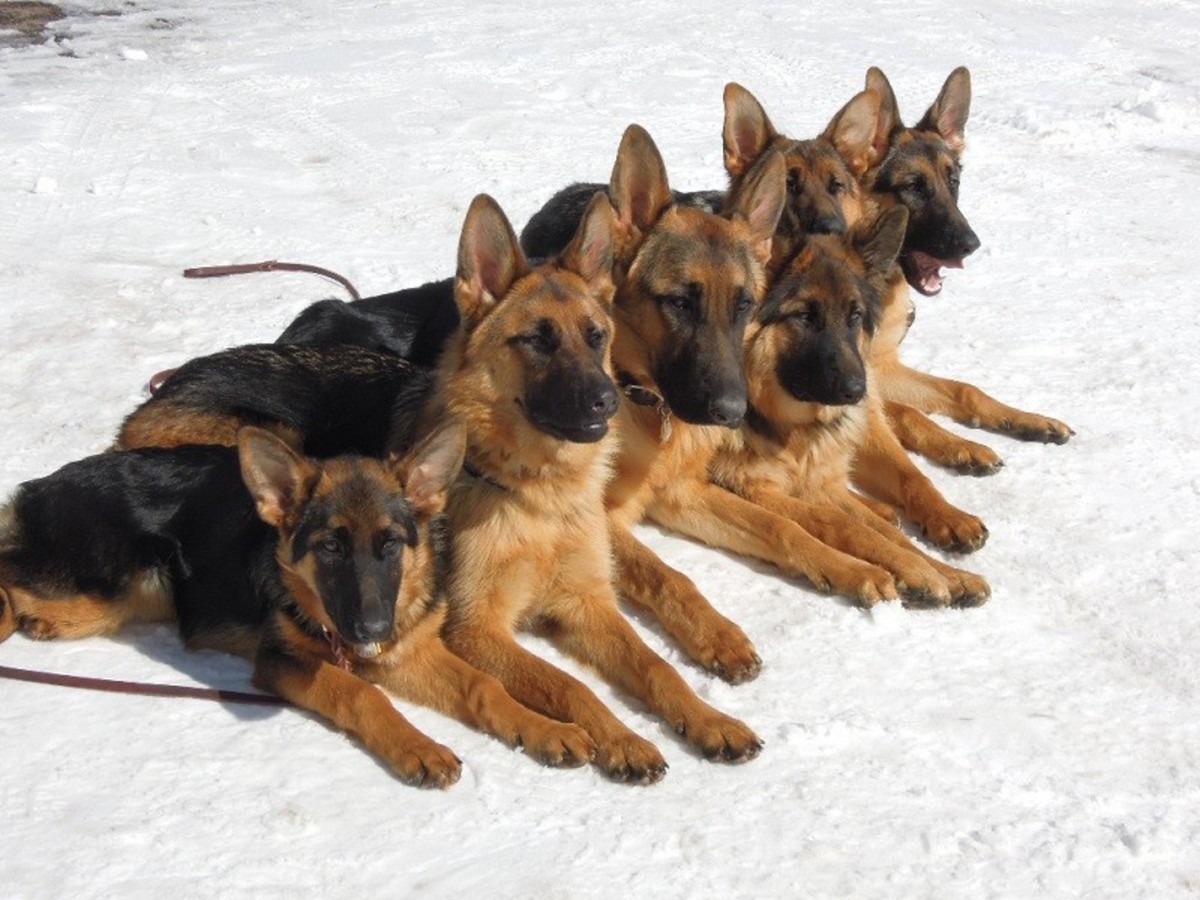Dogology: Famous Dogs Paw Prints in Ancient History Part I
Ancient Dogs in the Time B.C.
Dogology: PawPrints in History Famous and Legendary Dogs in History
Historic Moments and Dogs Were There (Part I)
Around the globe and through the span of time humans and dogs have shared a history that can be traced back tens of thousands of years. From cavemen to kings, from Neolithic man to modern times, there are historic and unforgettable moments in time and dogs were there!
You probably never thought about how dogs may have been witnesses to some of the most notable instances documented from the past. In this multi part series (yes, they made that much history), see how dogs have left their paw prints in ancient times to the present. That lovable furry, four footed friend of yours, may have genes that descended from a dog who witnessed some of the most historic moments in time. Your canine companion’s ancestors may have been a gift from royalty, romped with kings, emperors, and pharaohs, or monks of long ago. Your dog may be a descendent of one who may have traveled with Marco Polo, or fought alongside Alexander the Great, or saw Rome be built. Dogs have made their paw prints in history and in some ways changed history. Read on to learn a little about history and a lot about dogs.
Paw Prints in History
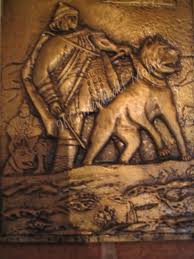
Dogs and Historic Moments in Time
Man and dog have been making history together for nearly 15,000 years, going back to when dogs domesticated themselves to co-habitat in human communities. Looking at evidence from as far back as the ice age, 5 different ancestors of dogs crossed from Siberia to Alaska with humans by their side. Together, they made their way into the Americas from the Bering. With footprints and paw prints marking their journey into history, there are many tails to tell. Dogs gave man advantages in hunting, protection, and companionship. They may have even helped in carrying supplies for man’s long journeys. Archaeologists in Germany, in an excavation site found remains of a stone age man, a stone age woman, and a kind of prehistoric dog that dates back to approximately 14,000 years ago. It seems even at this point people endeared their dogs as part of their family. As humans began to include dogs as part of their work and home life, the evolution of dog breeds began. The continents of Asia, Africa, Europe and Arctic America appear to be home to the most unique dog breeds. Ancient dog burials have been found on every continent around the globe (except Antarctica).
Ohhh… The things Dogs Must Have Seen!
Dogs have sat with Pharoahs of Egypt and were even mummified with their owners. According to Leather collars of the time were found with dogs names such as “Brave One, Reliable, Good Herdsman, North-Wind, Antelope and even "Useless". Other names come from the dogs color, such as Blacky, while still other dogs were given numbers for names, such as "the Fifth". Many of the names seem to represent endearment, while others convey merely the dogs abilities or capabilities”. Egyptians honored their dogs in art, and sculptures, and in the afterlife. In ancient Egypt , hieroglyphics, about 4,000 B.C. showed fierce dogs being held on leashes by Egyptian soldiers waiting to attack their enemies. Oh yes, and there’s one more thing about this very special exhibit.
The most well known Pharoah is King Tut. He was 9 years old when he became King of Egypt at about 1331 B.C. and reigned for about 10 years, until he died at the age of 19. The mummy of King Tut was found in perfect condition in 1922, and among the artifacts found in his tomb was a dog collar. The collar was ornately adorned , made of leather and bronze metal and carved with similar depictions of dogs that were seen on sculptures and art works of that era. Little is known about King Tut’s dog. Although, he most likely was very important to King Tut, in order to be included in the artifacts that were believed to go with them in the afterlife. Dogs of that time were guardians, pets, and hunters.
Dogs in Ancient Times
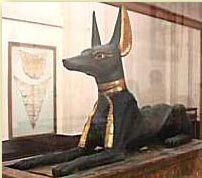
Tibetan Mastiff is one of the Oldest Dog Breeds
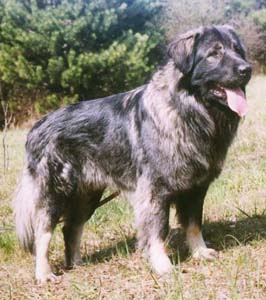
Dogs in Ancient Times
The Pharoah Ramses tomb shows paintings of him with his hunting dogs. Iraq Assyrian temples depict large mastiff type breed of dogs wearing barbed iron collars to intimidate their enemies, and have drawn them battling lions. Israel’s Caanan Dog of today is a descendent of dogs from biblical times. The Saluki Dog of today appears to be one of the oldest dogs to be connected to the ancient dogs of the Middle East.
In ancient times, dogs have made a tremendous impact famous people such as Plato who is quoted as saying "A dog has the soul of a philosopher." Aristotle who said “There is honor in being a dog.” Homer wrote about the loyalty of a dog in his book The Odyssey.
It is believed that the oldest breeds originated in Asia. The Tibetan Mastiff is one of the oldest known dogs. The Molossian and Tibetan Mastiff dogs were pets and protectors of ancient Greeks and Romans, Assyrians, Persians, Huns, and Mongols. They are thought to descend from Tibetan Mastiffs, as are about 50% of the modern breeds of today.
American History
Alexander the Great and His Favorite Dog
Alexander the Great, who dominated, conquered, and created one of the largest empires in ancient history had a beloved dog by his side, named Peritas, who was a Molossian dog. Alexander was 11 years old when he got Peritas. His dog was rumored to have battled an elephant and brought it to its knees. But Peritas greatest loyalty is in the story of how he saved Alexander the Great.
According to legend, Peritas defended Alexander when he was trapped by his enemies and his own soldiers were prevented from rescuing him. Leonnatus, who fought with Alexander hear Peritas barking and told the dog to run to Alexander. The courageous dog ran through the soldiers and lurched at the enemies who hadjust wounded Alexander with a javelin. Peritas attacked many of the men, which allowed Alexander’s soldiers to save him before he was wounded again. Peritas, as the story goes was wounded too, but did not survive, as he used his last breaths to put his head on Alexander’s lap. Peritas name lives on forever in the city of Peritas, in India which Alexander the Great name for his beloved dog. The tomb of his dog and a statue depicting Peritas still exists at the entrance to the city. Alexander had many dogs, but Peritas was his favorite dog.
Alexander the Great and his Dog
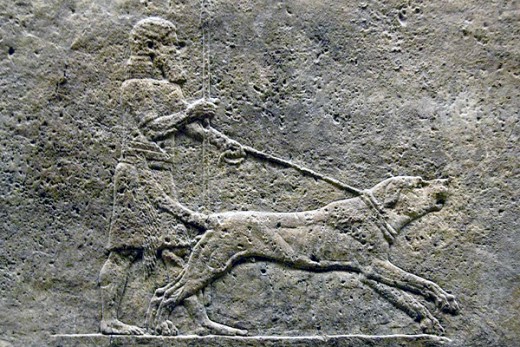
more pet info
- Dogology: Dogs Uncanny Intelligence
Dogology: Dogs Uncanny Intelligence and Social Behavior In this article: Dogs behavior and their natural social instinct Apes vs Dogs Dogs sensitivity towards people Evolutionary... - Petology: Pet Food Intelligence
There are many options to choose from when deciding which pet food you will feed your pet. Do you want your pet to dine on dry, wet, semi moist? Is holistic food or price of the pet food a...
More About Dogs in History
If you would like to read more about dogs in history click:



